by
This book summarizes current evidence of astrocyte dysfunction in epilepsy and discusses presumed underlying mechanisms. Epilepsy is characterized by the periodic occurrence of seizures. Currently available anticonvulsant drugs and therapies are insufficient to controlling seizures in about one third of patients. Thus, there is an urgent need for new therapies that prevent generation of the disorder and improve seizure control in individuals already afflicted. The vast majority of epileptic cases are of idiopathic origin with their underlying mechanisms being unclear. Neurosurgical specimens from patients presenting with mesial temporal lobe epilepsy (MTLE) demonstrate marked reactive gliosis. Since recent studies have implicated astrocytes in important physiological roles in the CNS, such as synchronization of neuronal firing, it is plausible that they may also have a role in seizure generation and/or seizure spread. In support of this view, various membrane channels, receptors, and transporters in astrocytic membranes are altered in the epileptic brain. Excitingly, recent evidence suggests that in the course of the pathogenesis of MTLE, these glial changes alter homeostatic network functions and temporally precede the alterations in neurons. These findings might eventually classify MTLE as a glial rather than a neuronal disorder, and identify astrocytes as promising new targets for the development of more specific antiepileptogenic therapeutic strategies. Although research on astrocytes in epilepsy is still in its infancy, this book clearly demonstrates a critical role of astrocytes in the disturbance of K+ and transmitter homeostasis and its impact on seizure generation.
Product Details
- Paperback: 91 pages
- Publisher: Morgan & Claypool (July 30, 2015)
- Language: English
- ISBN-10: 161504714X
- ISBN-13: 978-1615047147


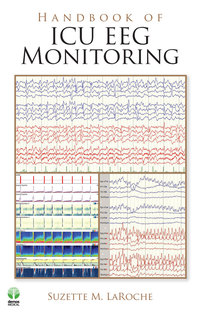
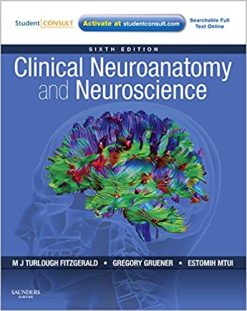
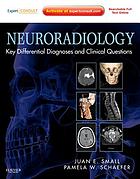
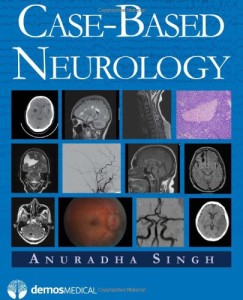

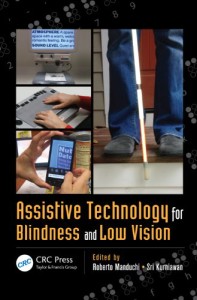
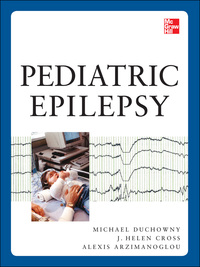

Reviews
There are no reviews yet.